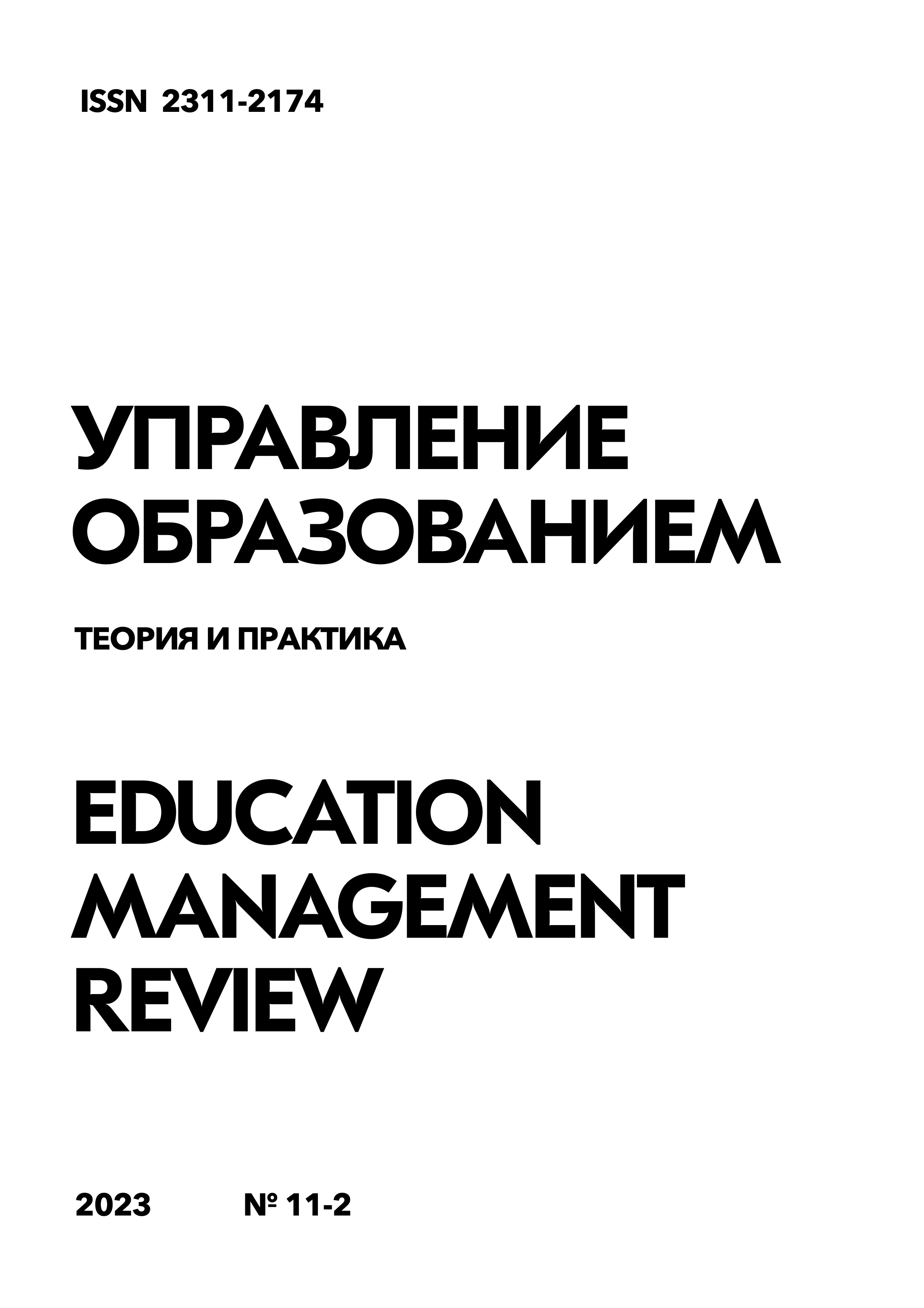About individual educational trajectories of students, formed at the level of higher professional education
DOI:
https://doi.org/10.25726/w7922-9914-7655-hKeywords:
digitalization of education, individual educational trajectoriesAbstract
The contemporary challenges of our digital age require new imperatives to accelerate progress in manufacturing, technology and education. The pace of digitalization in the field of education and the degree of integration of the digital educational environment must correspond to the aspirations and goals inherent in modern educational processes. The article examines the multifaceted problems faced by the modern education system, analyzes strategies for introducing and promoting digitalization in the educational field, and also advocates a holistic approach to creating individual educational trajectories for students. Instructors can use the digital environment to distribute course materials and implement automated systems, thereby streamlining repetitive tasks such as grading student assignments and managing detailed records of student progress throughout the semester. The strength of this integrated approach lies in its ability to complement, rather than replace, traditional face-to-face teaching methods. Establishing guidelines for the latter in a regulatory framework that both students and teachers must adhere to poses challenges due to the nuanced nature of interpersonal interactions in traditional teaching settings. Moreover, AI-powered algorithms provide learners with immediate feedback, allowing them to track their progress and make adjustments to their learning strategies in real time. This continuous assessment empowers learners to take ownership of their learning and motivates them to strive for improvement.
References
Высоцкая П.А., Гурниковский А.И., Гурниковская Р.Ю., Кулешова Ю.Д., Осипова М.Ю., Самосудова Л.В. Рабочие модели обучения профессорско-преподавательского состава высших учебных заведений цифровым навыкам. Управление образованием: теория и практика. 2023. № 4. C. 180-191.
Гурниковский А.И., Ляшенко В.С., Серегин Г.Г., Усачева Т.В., Шимитило В.Л. Современные технологии в обучении цифровым навыкам на уровне высшего профессионального образования в Российской Федерации Управление образованием: теория и практика. 2023. № 9. C. 91-107.
Новикова Т.Г. Папка индивидуальных учебных достижений «портфолио»: федеральные рекомендации и местный опыт // Директор школы. 2004. № 7. С. 14-18.
Роберт И.В. Дидактика эпохи цифровых информационных технологий. Профессиональное образование. Столица. 2019. № 3. С. 16-26.
Романова В.С., Тимофеев Д.А. Искусственный интеллект в университетском образовании: современные подходы и перспективы. Образование и наука. 2015. № 6(4). C. 89-104.
Garrison D.R., Kanuka H. Blended learning: Uncovering its transformative potential in higher education // The Internet and Higher Education. 2004. № 7(2). Pp. 95-105.




